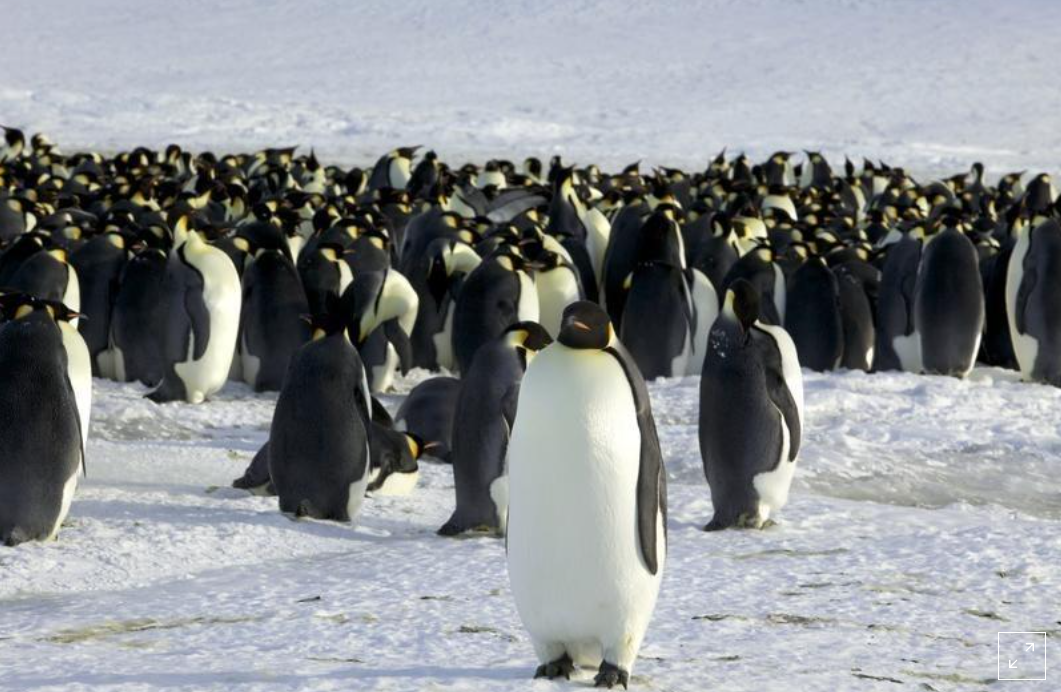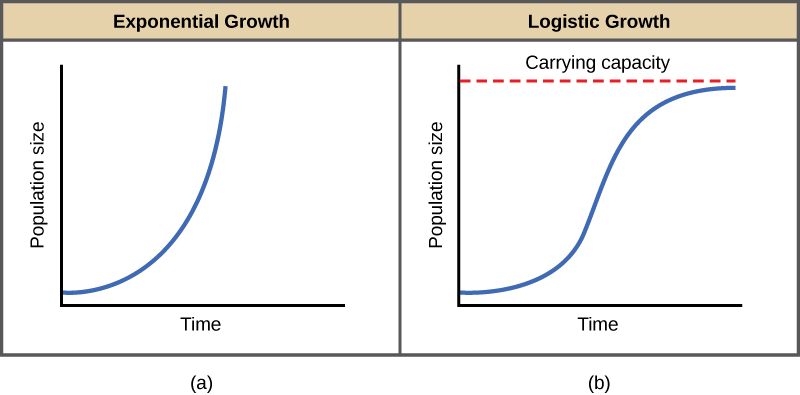CBSE Class 12 Biology Chapter 13 Revision Notes Part 2
Chapter 13: Organisms and Populations Revision Notes Part 2
A population is a group of individuals of any species who live in a defined geographical area and share and compete with each other for the same resources and interbreed. Examples could be the population of humans or a population of small ants in a particular field area.
Attributes of Population
There are several attributes in organism and population like birth and death rate, sex ratio, and population density. The population comprises individuals of various age groups at any specific time. Population density is the size of the population, and it is the number of individuals in a particular group.
Growth of Population
The population size changes rapidly, and the change is dependent on various factors like food availability, weather, the pressure of the predator, and competition. The density of any population will change because of mortality, emigration, natality, and immigration.
A biosphere is a region of the atmosphere and the earth’s surface that the living organisms occupy. The organism is the basic biosphere entity, and they have a population density. When a population of varied organisms interacts with one another in any given area, this forms a community. The natural place of an organism or community is known as the ecosystem. The entire biosphere is thus formed, and it is important for life. Without the biosphere, there will be no life on the planet.
Let us now understand the various factors on which the density of the population could change:
- Natality is the number of births that occur at any given time.
- Mortality is the number of deaths that occur in a given time
- Immigration is the total number of population species that come to a different habitat for any particular time
- Emigration is the number of species of the population that moves out
Growth Model
Here are the growth models that are used.
Exponential Growth – When the nutrients are available more than the required quantity, exponential growth.
Logistic Growth – When the nutrients, as well as the other available resources, are limited then this causes a logistic growth in the population. When this occurs, there is a lot of competition between the organisms. Since the resources are limited, it causes a lag phase. The exponential growth is followed by a period of deceleration and then finally moves to asymptote.
Interaction in Population
The interactions between the organisms in the population are divided into two categories and are interspecific and intraspecific reactions. When population interaction happens between the same species, then it is an intraspecific interaction. When the interaction takes place between varied organisms, this is interspecific interaction.
Predation
Predation is the interaction where the predator kills the prey, which is important to maintain the prey species. For plants, herbivores are predators. In some plants, various adaptations are found that help to protect themselves from the prey.
Competition
When there is an interaction between the organisms where both the organisms fight for various resources like water, food, and shelter, this is competition. The organism could be of the same species or a different species.This is an interaction that happens when the resources are limited. The competition happens between two species that are related to each other closely, and they compete for the same resources. They cannot coexist, and the inferior gets eliminated in the battle.
Parasitism
This is an interaction where one species will depend on the other species and benefit one species and harm the other. The parasite that feeds on the outer part of the host organisms is the ectoparasites.
Commensalism
Commensalism is the interaction between the species where one of the species is benefitted while the other species is neither benefited nor is harmed.
Mutualism
This is the interaction when both the species benefit each other. Like lichens and mycorrhiza.
Amensalism
This is the interaction between organisms where one species is harmed while the other is neither harmed nor is benefitted.
Population terminologies
Here are the population terminologies to be aware of:
- The birth rate is the total number of individuals born at any time.
- The death rate is the total number of deaths in any given period
- Sex ratio is the total number of males and females in every 1000 individuals
- Age pyramid is the plot of the distribution of age
Sources:
Organisms and population https://ncert.nic.in/textbook/pdf/lebo113.pdf Accessed on 22 Dec, 2021
]]>

